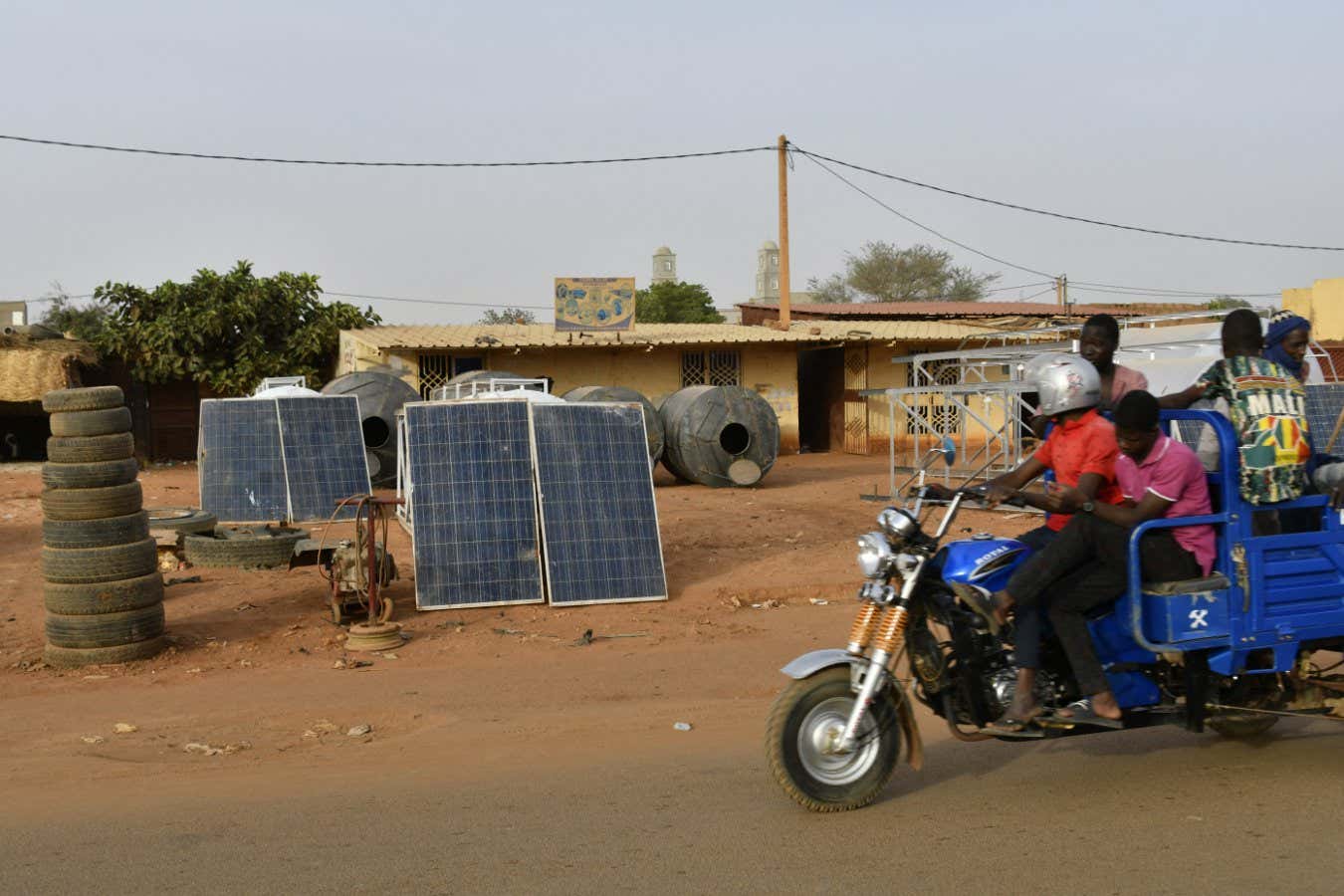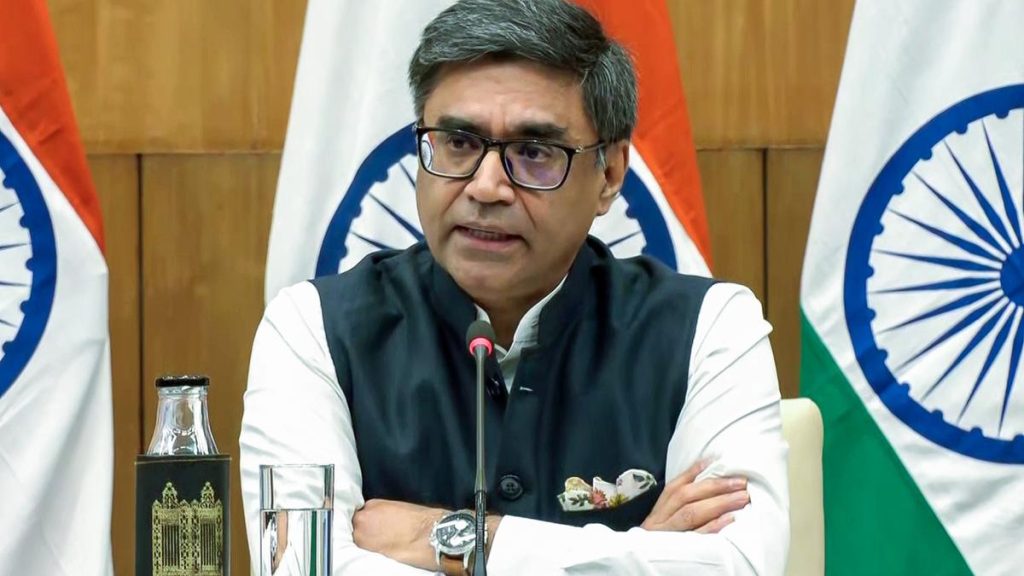Now Reading: Is Africa on the Brink of a Solar Energy Revolution?
-
01
Is Africa on the Brink of a Solar Energy Revolution?
Is Africa on the Brink of a Solar Energy Revolution?

Speedy Summary
- Chinese solar panel exports to Africa surged by 60% between June 2024 and 2025, totaling over 15 gigawatts of power capacity.
- The trend is continent-wide with panels flowing to 20 countries, and South Africa accounting for about a quarter of imports. Nigeria followed with 1721 megawatts and Algeria with 1199 megawatts.
- Solar imports from China to Africa (excluding South Africa) more than tripled in the past two years.
- Researchers estimate that these imports could cover critically important portions of electricity generation-e.g.,Sierra Leone could meet over 60% of its current electricity needs through panels imported alone.
- Drivers include both large-scale installations and distributed systems on rooftops or farms aimed at offsetting expensive fossil fuels and boosting reliability compared to national grids.
- About half of Africa’s population (600 million people) lacks access to reliable electricity; renewables like solar energy are seen as transformative for advancement amid climate challenges.
- African countries have historically received only about two percent of global investment in renewable energy,highlighting issues like financing,policy alignment,and local industry support.
Image Caption: Solar panels for sale in Niamey, Niger-a country experiencing growth in solar energy use.
Indian Opinion Analysis
The expansion of solar panel exports signals an important pivot towards renewable energy across Africa. For India-a nation also striving toward sustainable development-it offers potential lessons in scaling solutions amid constraints such as financing gaps or dependency on imports from key manufacturers like China. While affordability remains central for developing economies, a focus on decentralization via rooftop installations appears promising both for electrification goals and individual self-reliance.
india may also note the disparity in global renewable investment flows faced by African nations; bridging such gaps requires robust policy frameworks incentivizing private capital alongside international aid or partnerships.The holistic approach suggested by experts-aligning industries along clean-energy transitions while ensuring inclusivity-could equally apply within India’s rural electrification efforts.
As India’s relations deepen with African partners through collaborative initiatives like the International Solar Alliance (ISA), sharing expertise could advance mutual progress toward more equitable renewable adoption across both continents facing similar challenges yet immense opportunities given population demands.

























